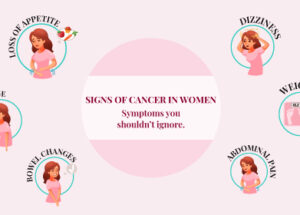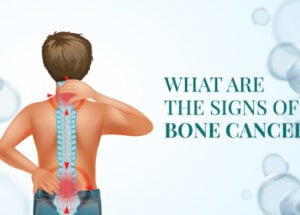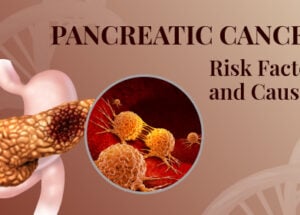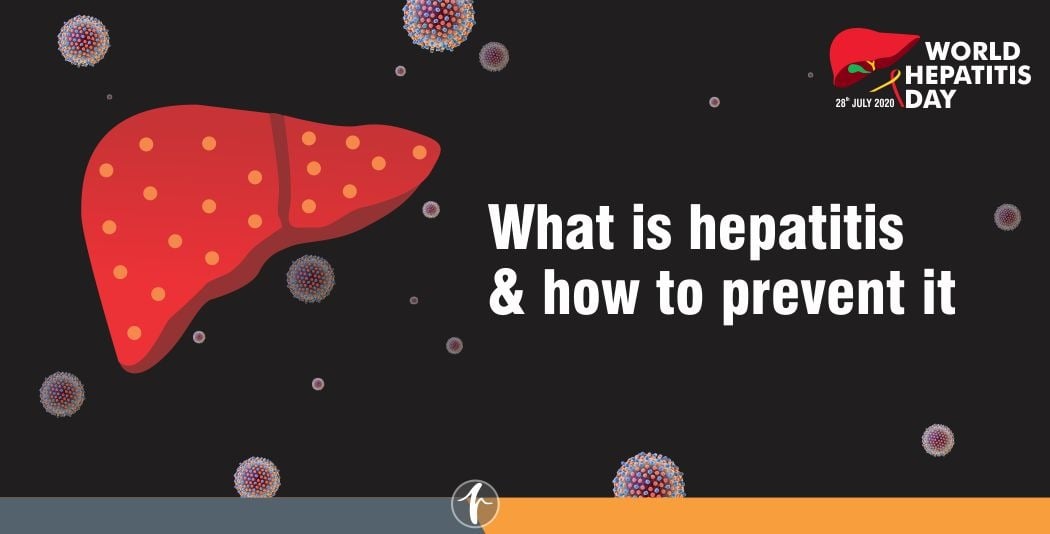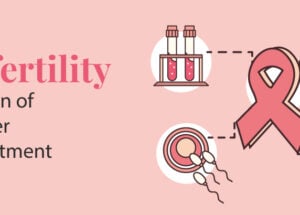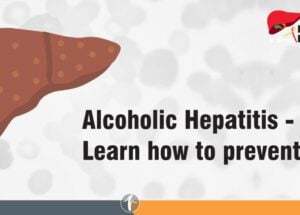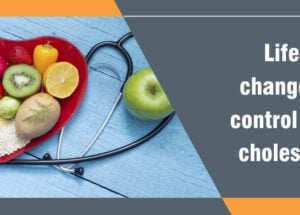What is Colon Cancer? Causes, Symptoms, and Treatment Options
March 14, 2025
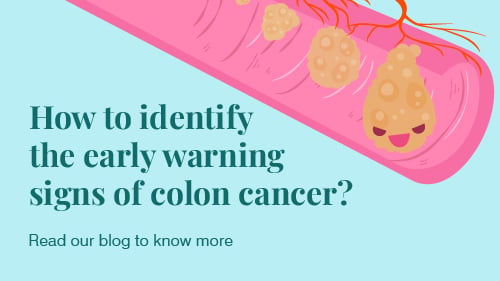
Cancer that forms in the large intestine is known as colon cancer, while cancer in the rectum is called rectal cancer. Cancers that affect any of these organs may be called colorectal cancer. Most colorectal cancers develop over time from abnormal polyps. Colon cancer is a form of cancer that impacts the colon or rectum. Your colon and rectum are the parts of your digestive system that help you process food. The symptoms, treatment, and outlook for colon cancer will vary depending on the stage your cancer is in when you are first diagnosed.
Causes
The precise cause of most colon cancers is still unknown. However, the disease begins when cells in the colon undergo DNA mutations. A cell’s DNA contains instructions that regulate its function. When these mutations occur, they trigger rapid cell growth and prevent normal cell death.
As a result, an excess of abnormal cells forms, potentially leading to a tumor. These cancer cells can spread and harm healthy tissues. Over time, they may break away and spread to other parts of the body, a process known as metastasis.
Symptoms and Signs
- Diarrhoea or constipation
- Changes in stool consistency
- There could be blood in your stool, which might make it look dark brown or black.
- Bright red bleeding from the rectum
- Abdominal pain, cramping, bloating, or gas
- Constant urge to defecate despite passing stools
- Weakness and fatigue
- Irritable bowel syndrome
- Iron deficiency anaemia
Weight loss and abdominal pain usually occur as the disease progresses in the later stages.
The earliest signs of colon cancer may go unnoticed, but symptoms may become more noticeable as the cancer progresses. People with symptoms in the early stages may include
- Bloody stool
- Bowel movement changes, like passing loose stools, having difficulty with bowel movements, or noticing stools that are unusually thin.
- The feeling of not having emptied the intestines after passing stools.
- Abdominal pain, cramps, or bloating
- Nausea and vomiting
- Anaemia due to intestinal bleeding
- Decreased appetite
- Fatigue and weakness
- Unexplained weight loss
Colon cancer can affect various parts of the colon, including:
- The colon
- Ascending colon
- Transverse colon
- Descending colon
- Sigmoid colon
Stages
Cancer is classified from stage 0, the earliest stage, to stage 4, the most advanced. Here’s how stages are defined:
- Stage 0: Stage 0 is also called carcinoma. At this stage, the abnormal cells have not spread beyond the colon or rectum’s inner lining.
- Stage 1: Cancer has grown into the surrounding tissue.
- Stage 2: The cancer has extended into the outer layers of the colon but remains confined within the colon.
- Stage 3: Cancer has grown through the colon’s outer layers and reached one to three lymph nodes.
- Stage 4: The cancer has extended beyond the colon wall into surrounding tissues.
Symptoms of Colon Cancer Based on Stages
| Stage 1 | Stage 2 | Stage 3 | Stage 4 |
|---|---|---|---|
| Constipation | Constipation | Extreme Fatigue | Jaundice |
| Diarrhoea | Diarrhoea | Unexplained weakness | Difficulties in breathing |
| Changes in the faeces, such as color and shape | Changes in the faeces, such as color and shape | Losing weight unintentionally | Swollen hands and feet |
| Bloody stool | Bloody stool | Changes in the stool that last longer than a month | Chronic Headaches |
| Bleeding from the rectum | Bleeding from the rectum | Feeling like your bowels won’t empty utterly | |
| Excess gas | Excess gas | Vomiting | |
| Abdominal pain and cramps | Abdominal pain and cramps |
Risk Factors
Some risk factors you can’t control include being over 50 and genetic conditions such as Lynch syndrome and familial adenomatous polyposis (FAP) greatly increase the risk of colon cancer. People with a first-degree family member (parent, sibling, or child) diagnosed with colon cancer or colorectal polyps have an increased risk. A personal history of colon cancer or polyps further elevates the likelihood of developing the disease.
Avoidable risk factors for the disease include being overweight or obese, smoking, drinking heavily, having type 2 diabetes, having a sedentary lifestyle, and consuming a diet high in processed meats.
Prevention
Certain risk factors for colon cancer, including family history and age, are beyond prevention. Lifestyle choices that contribute to colon cancer are preventable, and modifying them may lower your risk of developing the disease. Here are some things you can do to reduce your risk of developing colon cancer.
- Reduce the amount of red meat
- Avoid processed meats
- Eat more plant foods
- Reduce dietary fat
- Exercise every day
- Lose weight if recommended by your doctor
- Quit smoking
- Reduce drinking
- Reduce stress
- Manage existing diabetes
Diagnosis and Treatment
Colorectal cancer is treated based on how advanced the cancer is. The stage determines the severity of cancer.
Seven types of standard treatment are used:
- Surgery
- Radiofrequency ablation
- Cryosurgery
- Chemotherapy
- Radiation therapy
- Targeted therapy
- Immunotherapy
Your doctor may order several different tests to figure out what’s causing your condition.
- Blood tests (complete blood count, tumor markers, and liver enzymes)
- Imaging tests (X-ray, CT, MRI, PET, ultrasound, angiography)
- Biopsy
- Diagnostic colonoscopy (it is done after a person starts showing symptoms)
- Proctoscopy
The Screening Process
Various tests are available to screen for colorectal cancer. Some of these tests can detect cancerous cells, while others help determine the extent or location of the disease.
If cancer has spread. Although colonoscopy is most recommended. The other most common screening tests include:
- Fecal immunochemical test
- Fecal DNA test
- Flexible sigmoidoscopy
- Guaiac-based fecal occult blood test
- Colonoscopy
- CT colonography
- Double-contrast barium enema
Frequently Asked Questions
1. Can you survive colon cancer?
The overall five-year survival rate for colon cancer is 64%, but when the cancer is diagnosed at a localized stage, the survival rate increases to 91%.


